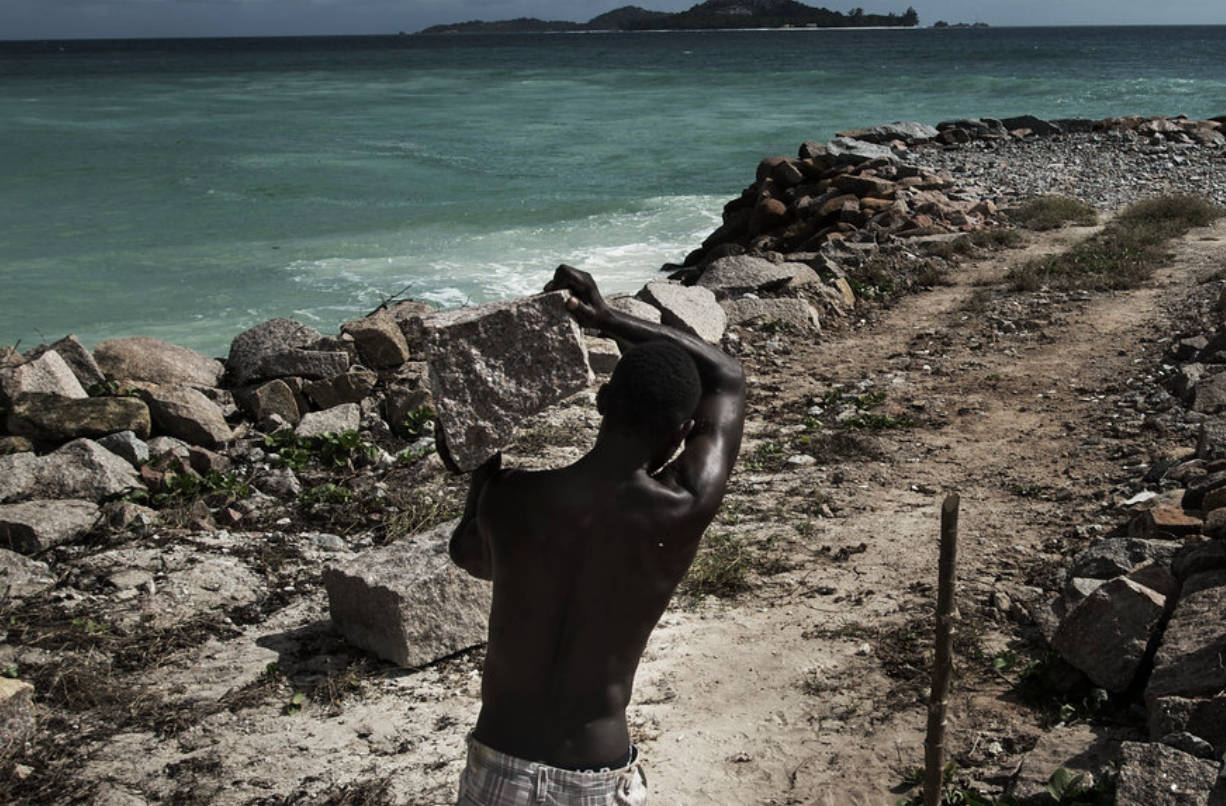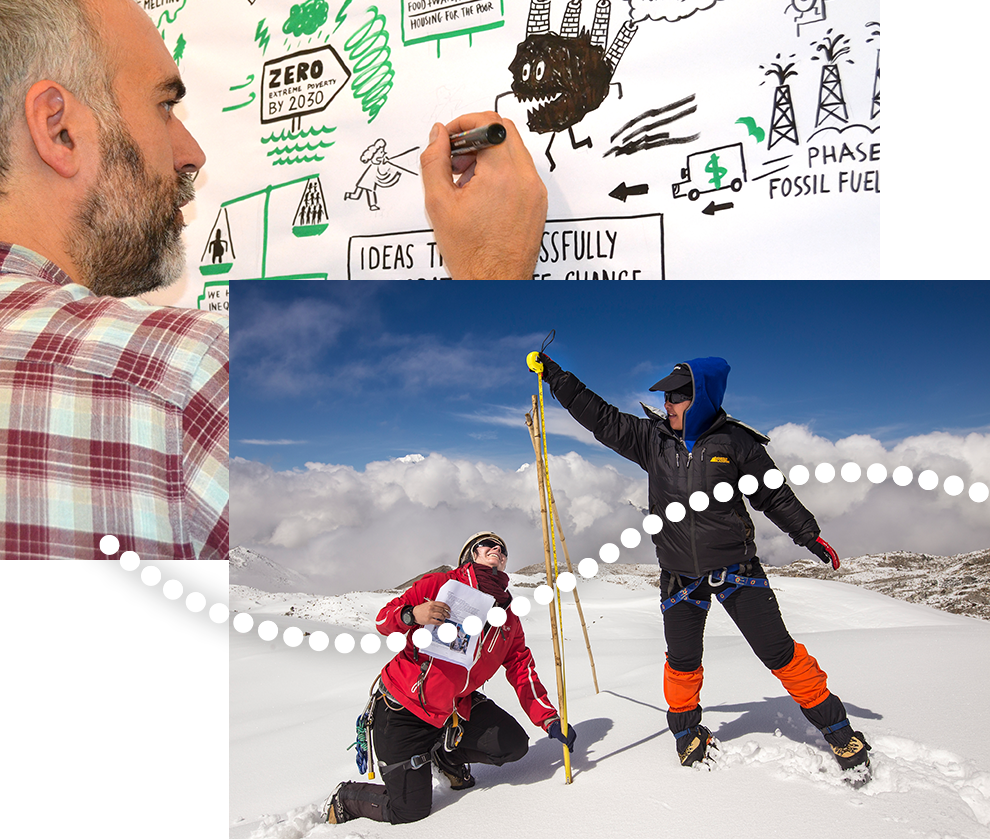How the “Adaptation COP” serves to build systemic resilience will determine its success
Introduction
This blog is reposted from the UN Climate Summit, where it was originally published on 16 September 2022.
The upcoming UN Climate Conference, COP27, is branded the “Adaptation COP”. Not so very long ago, adaptation was somewhat of a dirty word. Talking about adaptation, the argument ran, would divert attention from the urgent need to reduce emissions. Will COP27 change how we conceive of and act on adaptation?
Complexity of Adaptation
It was not very long ago that adaptation was seen as a dirty word – an admission of failure: a policy taboo. Charting its history through the annals of the Intergovernmental Panel on Climate Change (IPCC), the topic only really emerged in the2001 Third Assessment Report.And it was not until this year, 2022, that adaptation evolved from being considered a purely local-to-national scale concern to one of global dimensions: The impacts, adaptation and vulnerability report from the Intergovernmental Panel on Climate Change (IPCC) warned of how the “complex, compound cascading, cross-border” nature of climate risk and adaptation makes it ever more difficult to manage climate risks.
If policymakers truly understood these risks, they would treat adaptation as a geopolitical priority.
Budgets suggest that this is not yet the case. Whilst some developing countries spend around one-tenth of their GDP on addressing climate impacts, richer countries persistently underinvest in climate resilience globally. One reason is that adaptation is wrongly seen only as a “local” issue. Another is that adaptation is assumed to only be of strategic relevance to developing countries, who are most vulnerable to climate change.
Dangerously Misleading
In reality, climate change impacts already cascade through global supply chains, and compound with other supply chain shocks. Earlier this year, wheat exports from two of the biggest producers, Russia and Ukraine, ground to a halt for months, sparking a global food crisis. An extreme heatwave in India – made 30-times more likely by climate change – compounded the shock to the market as wheat production in India dwindled, and the government imposed export bans. With the shock cascading across borders, consumers in import-dependent countries like Kenya saw themselves forced to try and substitute wheat in their diets, in a bid to reign in the rising cost of living.
Pointing out that we live in an “interconnected world” is a cliché. And yet the Covid-19 pandemic has revealed to global citizens how an impact in one part of the world rapidly cascades between economic sectors and across borders, affecting all our lives. Future droughts, floods, storms and sea level rise will spread via international trade networks to impact food security thousands of miles away from where these events first occurred. Low-income households in countries at all levels of development will be affected. Businesses, too. Climate risk ignores national borders; adaptation should match it.
That means facing up to the fact that no country can adapt on its own. Those that try to do this may end up doing more harm than good. Their adaptation efforts may redistribute risks to other countries – or worse, exacerbate them. This happens routinely in today’s world. When extreme weather events damage crops in exporting countries, this creates a shock and triggers price increases. When other countries then adapt to changed circumstances by banning exports of that crop to insulate domestic markets from the price fluctuation, this drives panic and turns shocks into crises in global markets. Adaptation for one country can spell disaster for others, particularly when it is uncoordinated and implemented to protect narrow self-interests.
It would be better for all countries, companies and citizens, if adaptation could deliver the shared benefit of global and systemic resilience. That’s the upside of interconnection. Stable, resilient networks have the capacity to dissipate shocks. Investments can be pooled and targeted to deliver systemic resilience. International cooperation can protect global public goods and ensure that adaptations deliver just and equitable outcomes for all. This should be the objective of the “Adaptation COP” in Egypt this November.
The Glasgow—Sharm el-Sheikh work programme on the global goal on adaptation (GlaSS) is the process via which adaptation might finally come of age by articulating a clear, ambitious and meaningful goal – sister to the +1.5°C mitigation target. To achieve this agreement, Parties must let go of their outdated approach to adaptation negotiations, which pit “developed” against “developing” countries.
The fact is that complex global interconnections make distinctions between developed and developing countries less relevant. All countries will be impacted, directly or indirectly. All countries stand to gain from building systemic resilience to climate change – including, and perhaps even especially, rich countries high in the supply chain. COP27 would be a success if it leads new coalitions to emerge to work across the developed-developing divide to raise ambition on global adaptation and operationalise the global goal on adaptation.
Climate Finance
Money matters. Significantly more and better investments in resilience are urgently needed: on the ground, and to build trust in negotiating rooms. Rich countries’ persistent failures to deliver on adaptation finance commitments reflect a staggeringly poor calculation of their own self-interest.
And yet it will take more than money to meet the global challenge of adaptation that the Paris Agreement talks about.
International cooperation is essential for achieving systemic resilience. Parties in Sharm el-Sheikh must demonstrate that, despite tensions and crises, multilateralism can still work. They should use their platform under the UN Convention to tell it as it is: the global financial, energy, food and climate crises are deeply connected and require joined-up solutions. The Paris Agreement offers one of the tools world leaders need to build systemic resilience in an era of repeat crises and risk.


Comments
There is no contentYou must be logged in to reply.